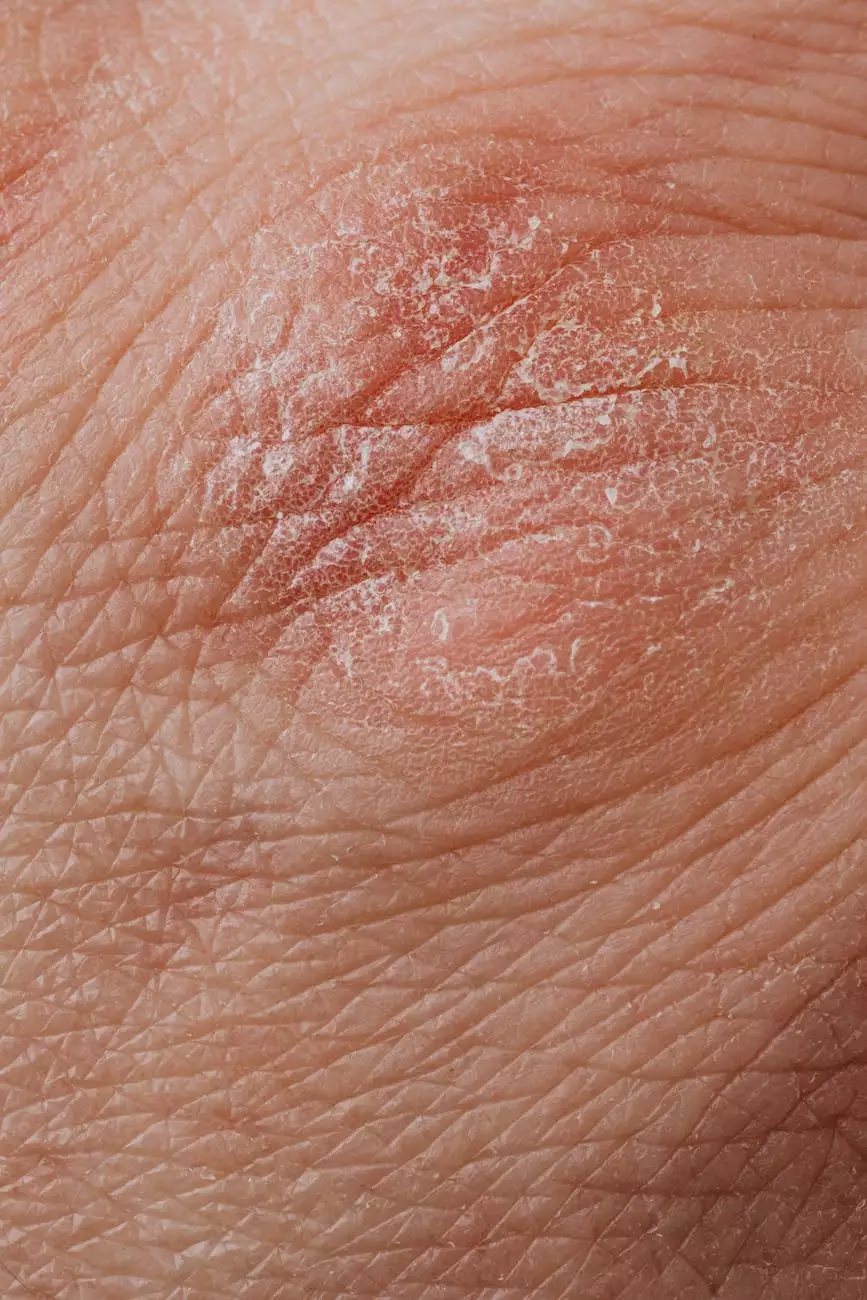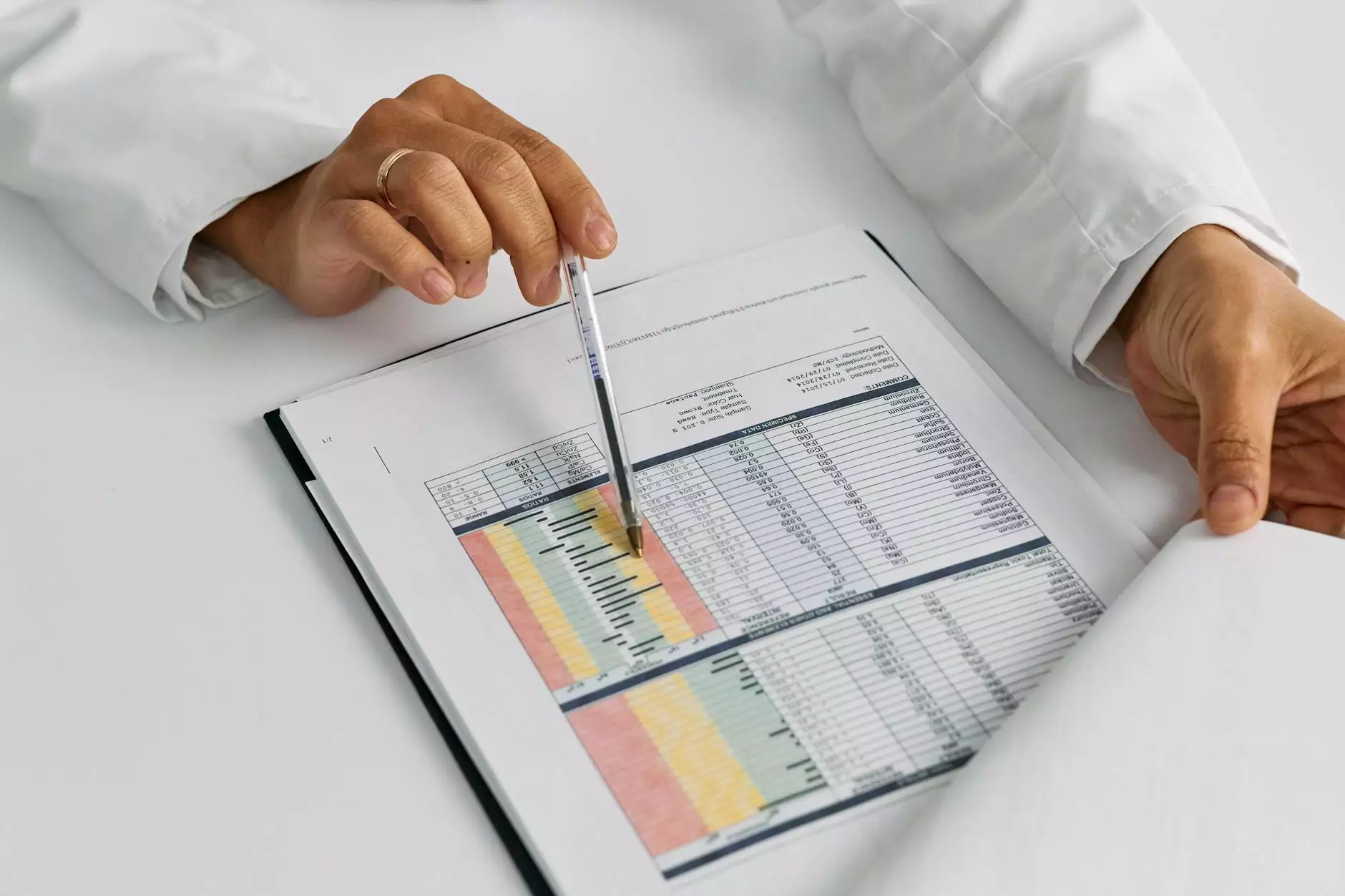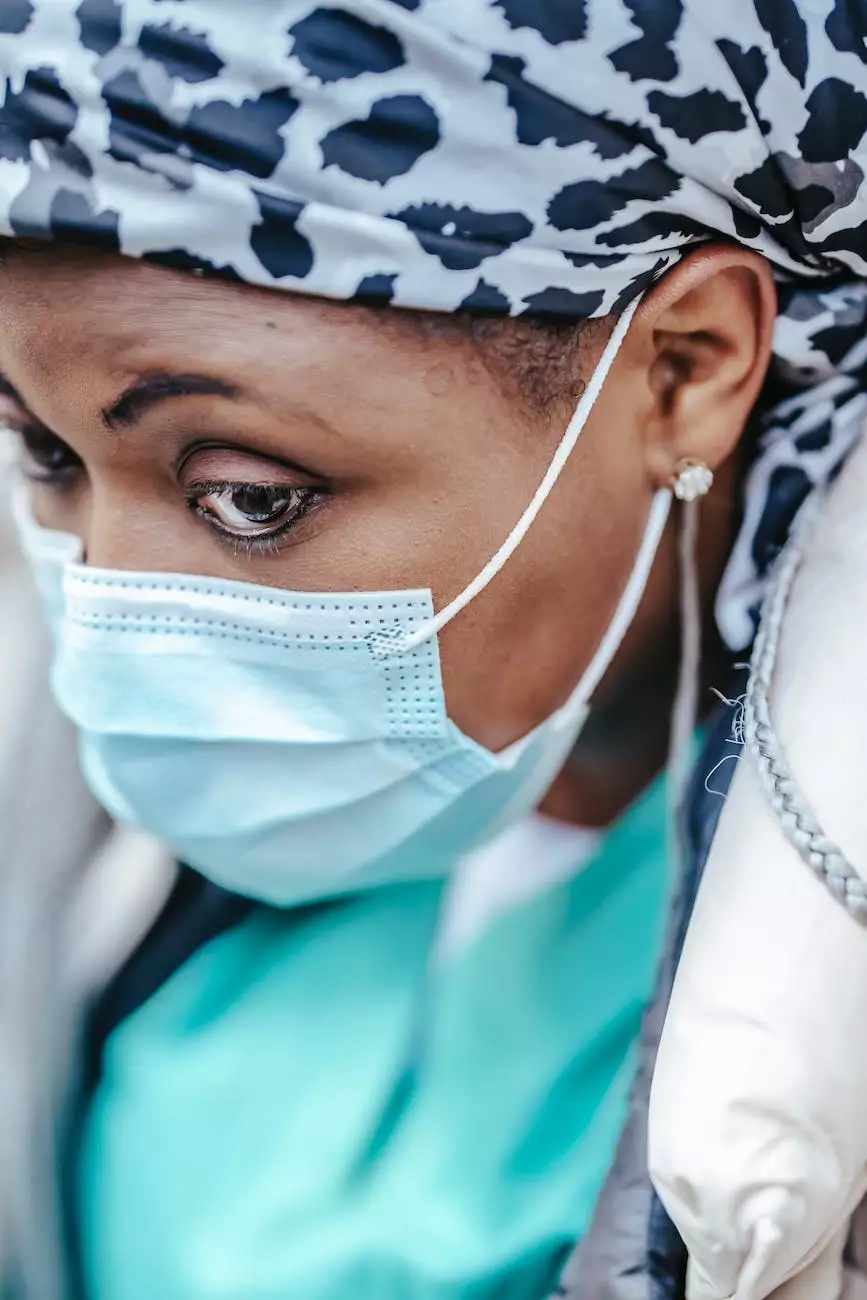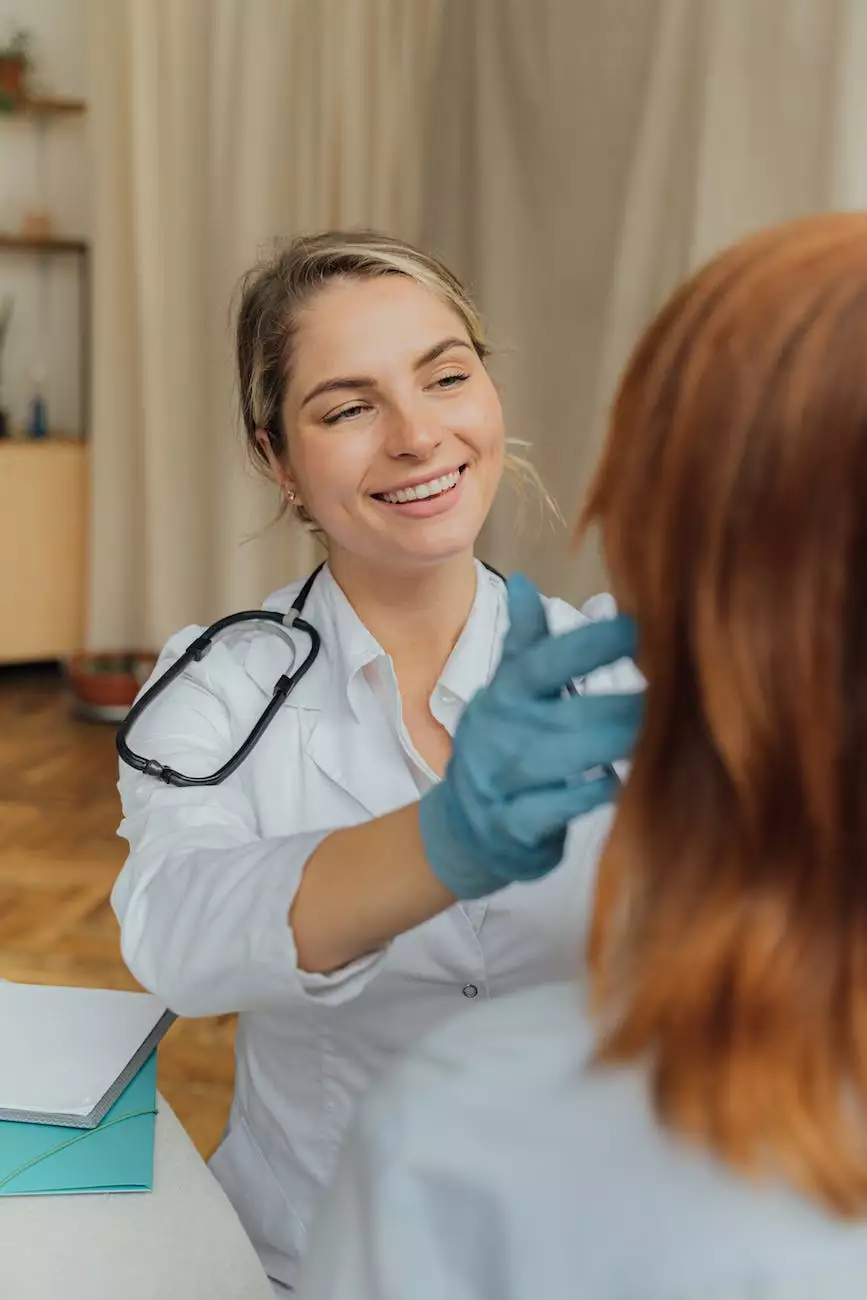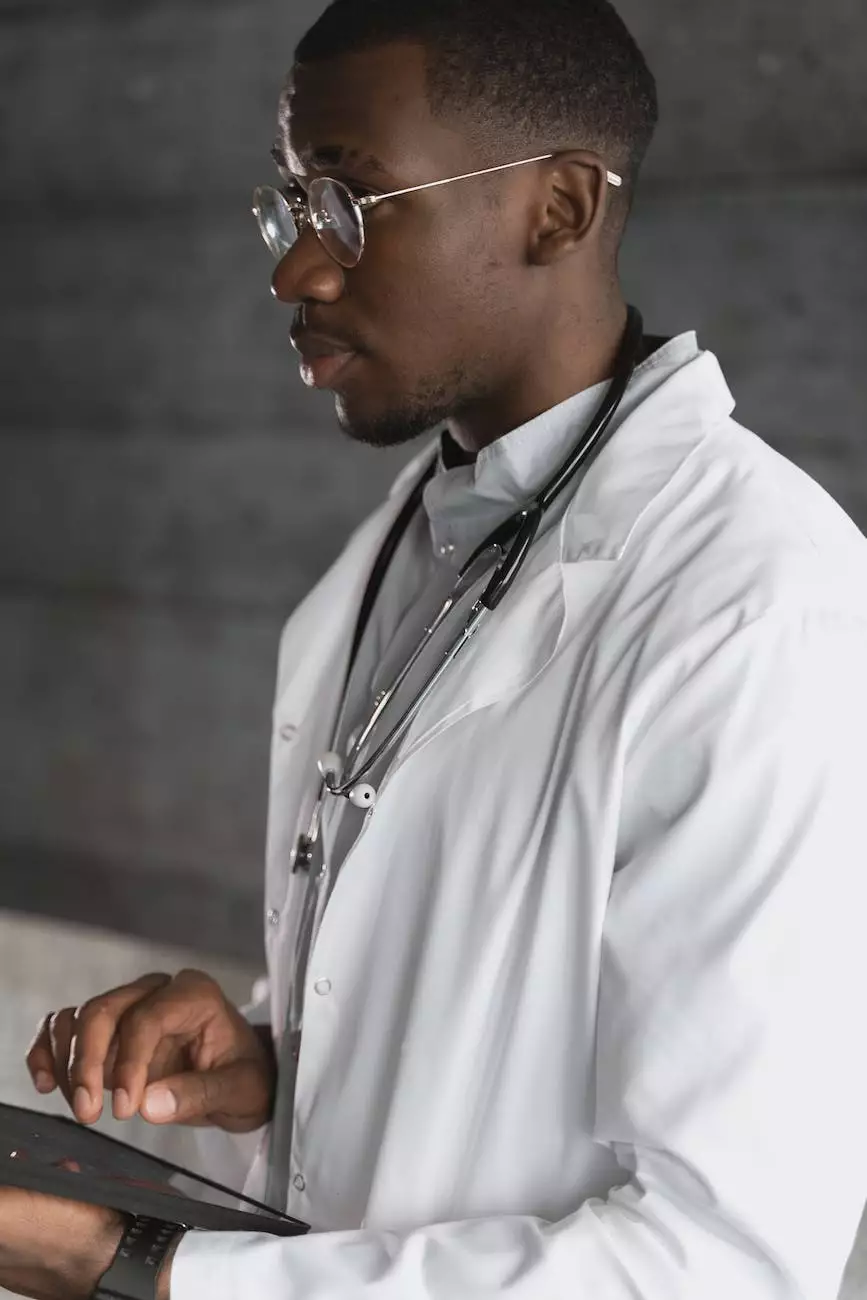7 Tips for Recovering With a Broken Leg - Healthgrades
Services
Are you currently recovering from a broken leg? This can be a challenging and frustrating experience, but with the right care and guidance, you can ensure a smooth and successful recovery. Benjamin Shettell, MD, a trusted expert in knee and leg injuries, provides valuable insights and tips to help you navigate through your recovery journey.
1. Follow Your Doctor's Instructions
One of the most important aspects of recovering from a broken leg is to follow your doctor's instructions diligently. Benjamin Shettell, MD will provide you with a personalized treatment plan designed specifically for your injury. Make sure to adhere to the prescribed medications, physical therapy, and rest recommended by your doctor.
2. Elevate and Ice Your Leg
Swelling is a common symptom when dealing with a broken leg. To alleviate swelling, it is crucial to elevate your leg and apply ice packs regularly. Elevating your leg above the level of your heart and using ice packs for 15-20 minutes every few hours can help reduce inflammation and promote healing.
3. Take Proper Nutrition
Proper nutrition plays a significant role in the recovery process. Ensure that you are eating a well-balanced diet rich in vitamins and minerals. Foods high in protein, such as lean meats, fish, and beans, promote tissue repair and growth. Additionally, consuming foods with calcium and vitamin D can benefit your bone health.
4. Engage in Gentle Exercises
While it's important to rest and allow your leg to heal, gentle exercises can help prevent muscle atrophy and maintain joint mobility. Work closely with a physical therapist to develop an exercise routine tailored to your specific needs. Strengthening exercises and range-of-motion activities will aid in your recovery process.
5. Practice Proper Wound Care
If you underwent surgery for your broken leg, it's crucial to practice proper wound care to prevent infection. Keep the surgical incision clean and dry, and follow your surgeon's instructions for changing dressings. If you notice any signs of infection, such as increased redness, swelling, or drainage, contact your doctor immediately.
6. Use Assistive Devices
During your recovery, you may need to rely on assistive devices such as crutches, walkers, or wheelchairs to move around. Ensure that you receive proper training on how to use these devices safely. Using assistive devices correctly will not only aid in your mobility but also prevent further injury.
7. Seek Emotional Support
Recovering from a broken leg can sometimes take a toll on your emotional well-being. It's essential to seek emotional support from friends, family, or support groups. Sharing your concerns and frustrations with others who have gone through a similar experience can provide comfort, encouragement, and valuable advice.
Remember, every individual's recovery process may vary based on the severity of the injury and overall health condition, so be patient with yourself. Benjamin Shettell, MD and his dedicated team are here to support and guide you throughout your healing journey. Follow these 7 tips and trust in the expertise of Benjamin Shettell, MD to maximize your chances of a successful recovery.

